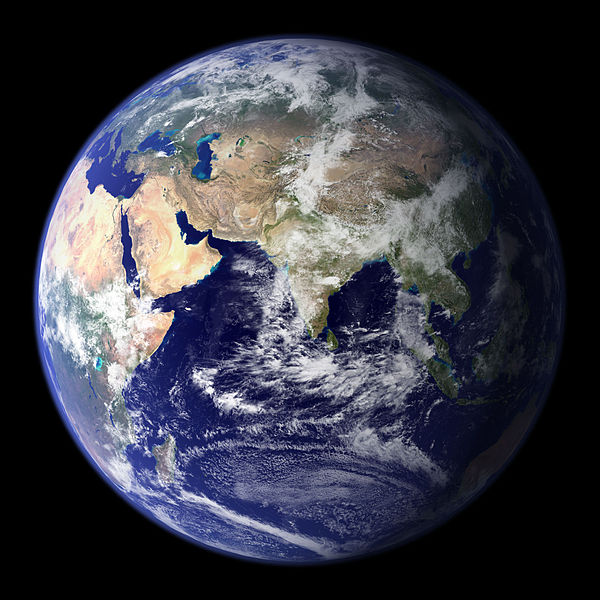 If you’ve taken a look at the smog hovering over cities like Los Angeles and Beijing, you know that greenhouse gas emissions are a real problem. Now, we have the numbers to prove it.
If you’ve taken a look at the smog hovering over cities like Los Angeles and Beijing, you know that greenhouse gas emissions are a real problem. Now, we have the numbers to prove it.
Data presented at the World Meteorological Organization showed that carbon dioxide levels were exceeding 400 parts per million in the beginning of 2015. This is a rise of 43 percent compared to pre-industrial levels, according to the Washington Post. A separate report from the Met Office and Climatic Research Unit of the University of East Anglia has also discovered that the planet’s average temperature has crossed the 1-degree (C) mark. Additionally, temperatures surpassed the historic averages by 1.02 degrees Celsius during the first nine months of 2015.
As you might have already heard, the Earth is not very tolerant of high levels of greenhouse gases. While carbon dioxide is natural and essential for plant life, increasing levels of this type of gas are heating the planet at an alarming rate. In turn, we’re facing extensive global climate changes, which may translate into more extreme weather and ice melt.
âAs the world continues to warm in the coming decades, however, we will see more and more years passing the 1 degree marker â eventually it will become the norm,â Peter Stott, head of the climate monitoring and attribution team at British University, told the news source.
But what types of changes will we see within the next 10 years? How about the next five years?
Statistics from the World Health Organization already show how climate change and pollution is impacting our health, according to the Center for Infectious Disease Research and Policy. In 2012, the organization estimated that 7 million people died from diseases related to air pollution.
Due to warm temperatures that impact food, water and sanitation, an additional 25,000 people will die per year between 2030 and 2050. These deaths will stem from problems, such as heat stress and malnutrition.
“If countries take strong actions to address climate change, while protecting and promoting health, they will collectively bring about a planet that is not only more environmentally intact, but also has cleaner air, more abundant and safer freshwater and food, more effective and fairer health and social protection systemsâand as a result, healthier people,” stated WHO, according to the news source.
Disease transmission may also become more prominent in areas where conditions, such as malaria, are common. This could lead to additional deaths in the future.
Sources
Schnirring, Lisa. “WHO says health impacts of climate change overlooked.” CIDRAP. November 17, 2015.
Warrick, Joby. “Greenhouse gases hit new milestone, fueling worries about climate change.” Washington Post. November 9, 2015.
